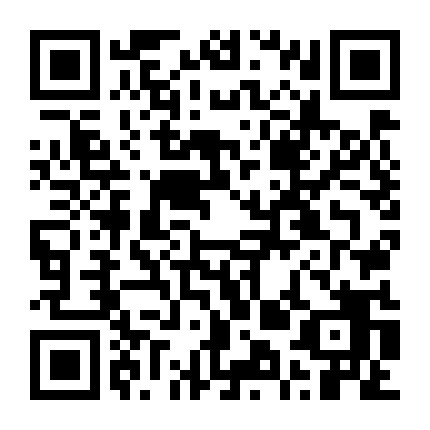A FEW MINUTES: Jeffrey Parker|Executive Director of Vision in Practice
"I never thought about what we did as design. And then I had a conversation with China Bridge and it bit me in the ass. We actually do design!"
We recently took some time to catch up with Jeff to learn more about his experiences and to get an update how a project we are supporting is evolving.
Starting back in 2011, when first meeting Jeff, we came to the realization that the problems he was facing, solving what he described as an actual healthcare crisis, needed a different type of support.
Originally from Santa Rosa, California, Jeffrey has been in Shanghai for 23 years. As co-founder of Ophthalmology World Report, Asia’s largest professional eye-care magazine, Jeffrey witnessed the world-class results coming out of India’s Aravind Eye Care System. He set up a consultancy that allows Chinese ophthalmologists go to India for training at Aravind and then come back to China and replicate these results through collaboration with his organization’s “Aikai Network” of privately owned eye centers in third or fourth tier towns.
Can you describe VISION IN PRACTICE’S business model?
“What we are pioneering in this space is to work with doctors to design high quality, ethical, high volume, low cost, barrier free models of eye care delivery in small communities.”Jeffrey said. “This really is about design. We use a design process to craft a service delivery methodology for a clinic that delivers high quality and high efficiency at an accessible price point. If someone only has a penny in their pocket and only one pair of pants, they can still come. We cross-subsidize that care with income from patients who can afford to pay. We offer our patients five price points with five levels of benefits, but ensure good post-operative vision no matter which one they choose. This is a model that comes from India and the model really works. “What do you do with a design that works? You replicate it. And that is what we did with the model from India but obviously we needed to make changes to that design to fit the situation in Chinese hospitals and Chinese patients.”
“What do you think is the ratio of people paying vs. not paying?” Jeffrey asked us. It turns out that about two-thirds of the patients choose to pay.
You mentioned that China has a Crisis of Blindness; can you elaborate on what you mean?
“In America, there are 8,000 cataract surgeries for every million people per year. Thanks to the Aravind model, India has reached 5000 cataract surgeries per million. China’s rate is an extremely low 800 surgeries per million.
“Currently, Chinese hospitals are not very good at screening or cost control. They have really high costs because they think they have to buy very expensive equipment in order to charge higher rates. They don’t get into the community to reach patients who would benefit from surgery, but do not know it is available or are afraid of high costs and poor service. At Vision in Practice, we offer a consultancy to these hospitals,” Jeffrey said.
“Hospitals are not acting like health care service providers,” he said. “Essentially, they act to ration what is considered to be a limited resource. Look how many patients wait in long lines for a sometimes inferior service. The current model creates barriers. You have to prove you need care and you have to pay more. We felt that we could improve a lot while taking the model from India and adjusting it to the Chinese situation.
Do you see similarities between China Bridge and Vision in Practice?
“China Bridge and Vision in Practice are aligned in differentiating ourselves from others,” Jeffrey said. “We empower people to do things right while also serving their communities. Both companies have a value system that is uncompromising. We are creating a culture that enables that. It is about systems. You have to have the right design and provide the appropriate ethical framework to empower people to do what they have to do. It’s all about value creation, ethics and leadership. You have to do the hard work or else cultural biases will revert to the traditional way.”
“Prototyping in China requires measurement and we learned that from China Bridge,” he said. “China is not big in measurement. In general, research and self-evaluation and monitoring are not very mature. The design model work that China Bridge offers on a contractual basis is the kind of development Vision in Practice does on a humanitarian scale. The downstream impact is the same. We’re both getting people out of an obedience mode and teaching them to think about how they think.”

